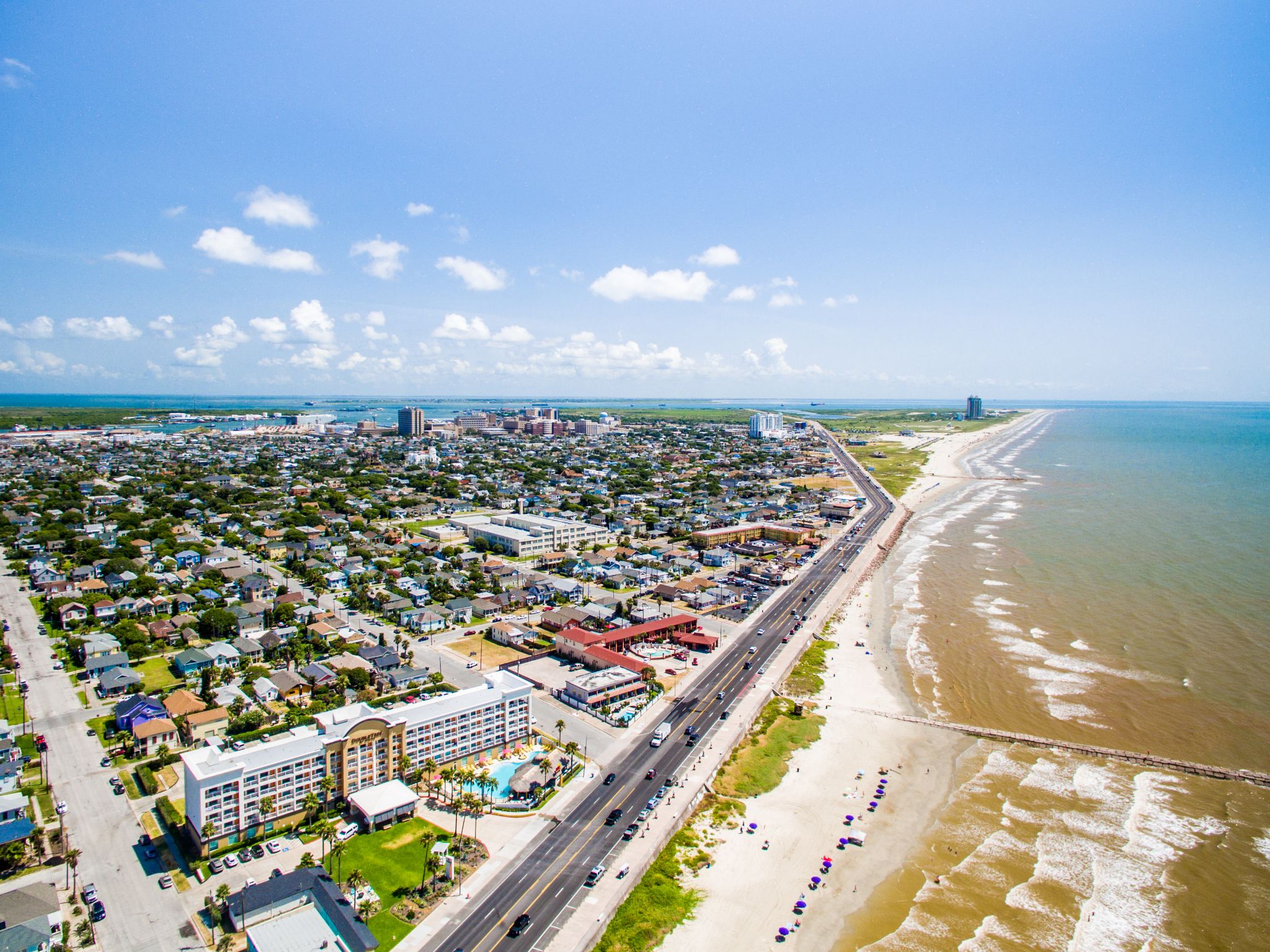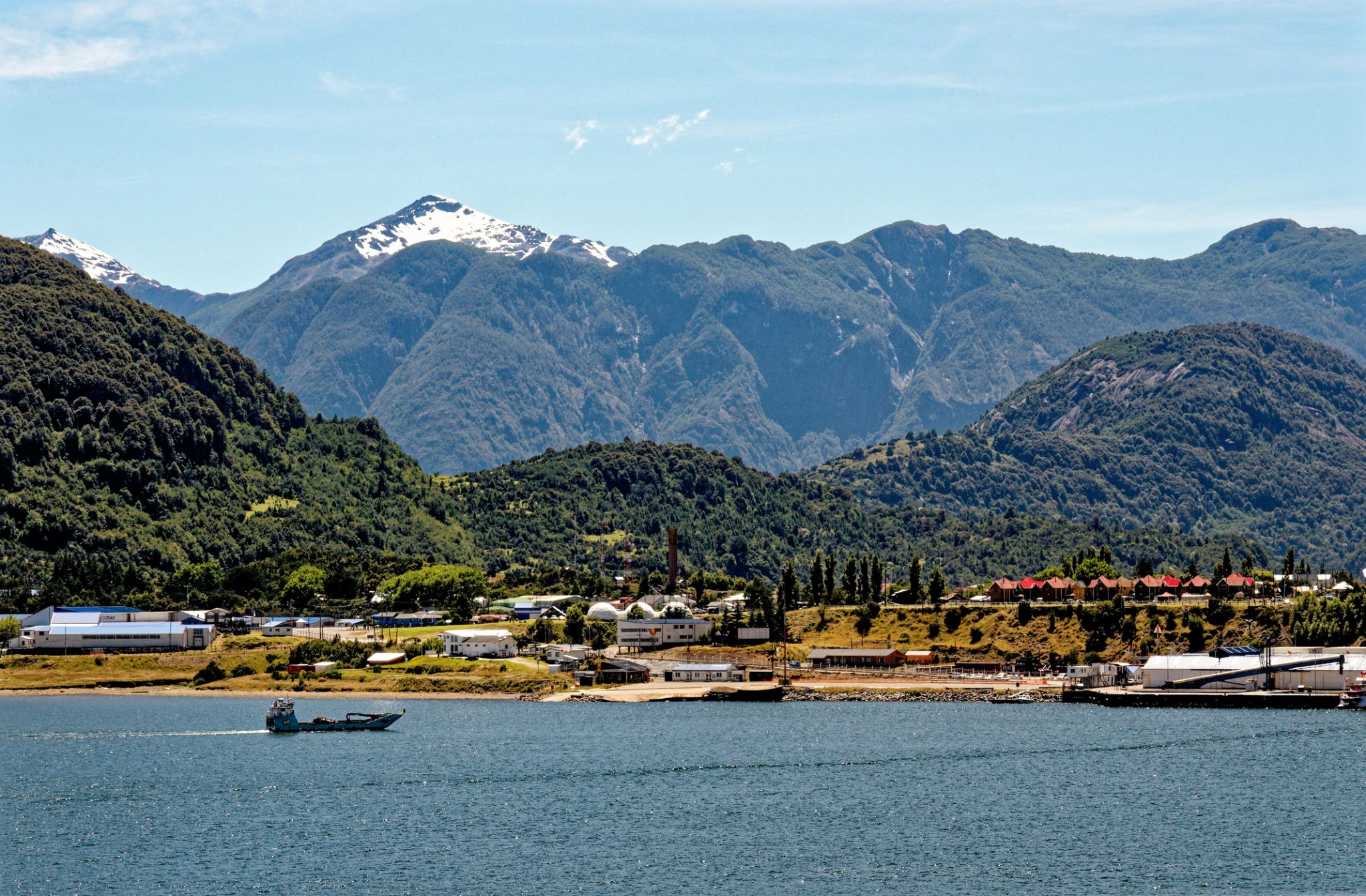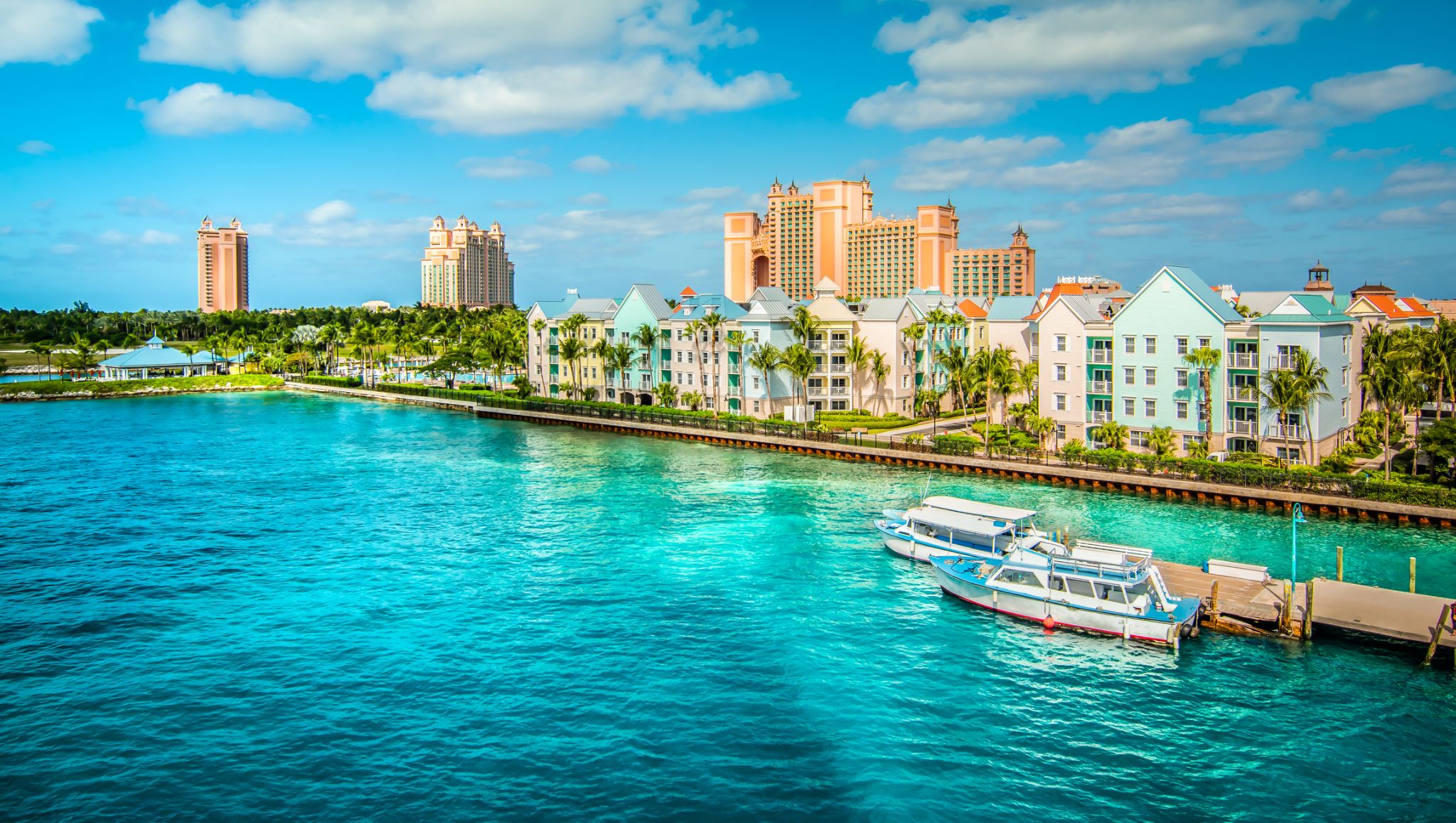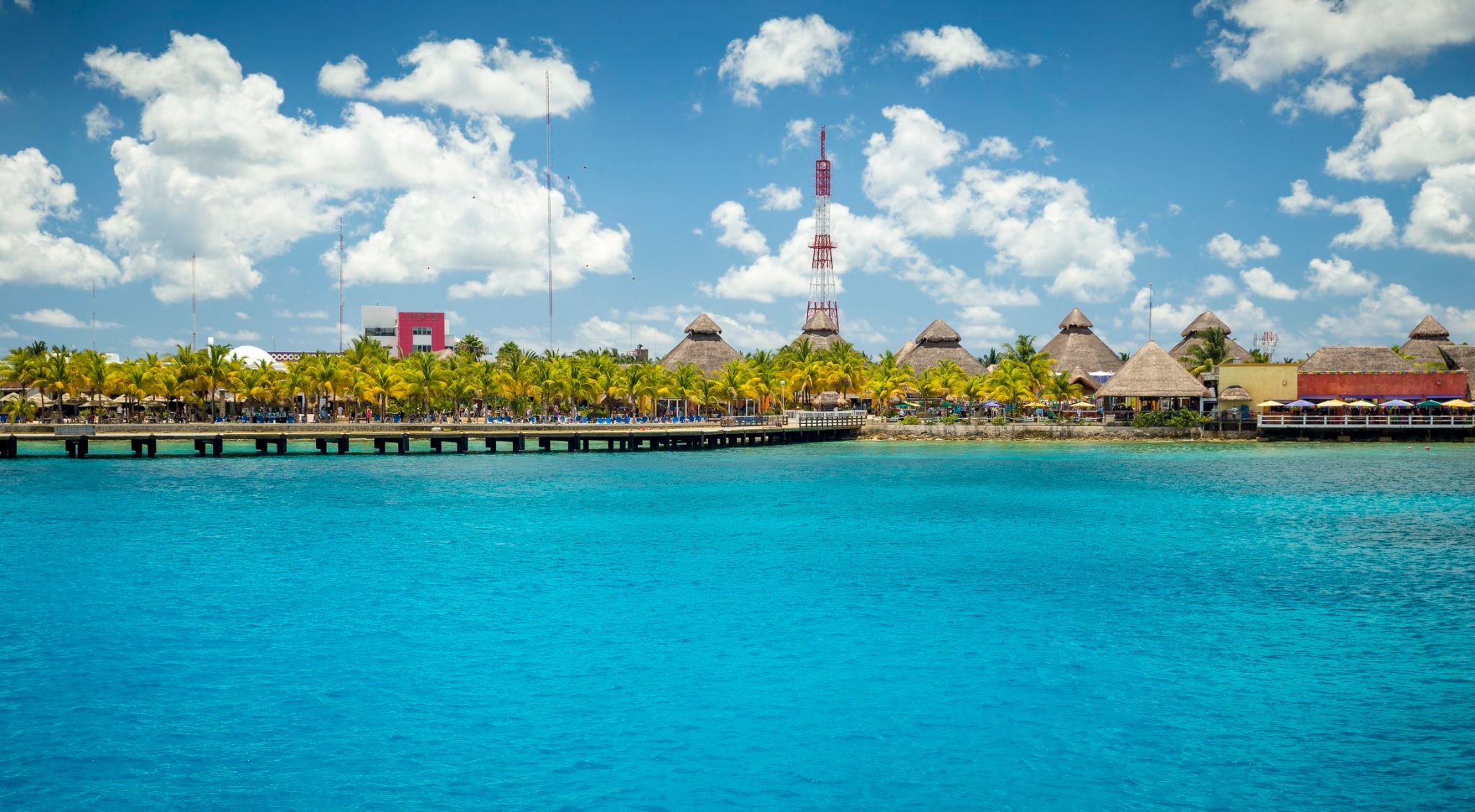

| Region rejsu : Karaiby |
| Firma : Royal Caribbean International |
| Statek : Harmony of the Seas |
| Data rozpoczęcia : niedz. 08 mar 2026 |
| Data zakończenia : pon. 16 mar 2026 |
| Liczba nocy : 8 nocy |
| Dzień | Data | Port | Wypłynięcie | Odpłynięcie |
|---|---|---|---|---|
| 1 | 8.03 niedz. | Galveston / USA | 15:00 | |
| 2 | 9.03 pon. | Dzień na morzu / Morze | ||
| 3 | 10.03 wt. | Dzień na morzu / Morze | ||
| 4 | 11.03 śr. | Puerto Chacabuco / Chile | 07:00 | 17:00 |
| 5 | 12.03 czw. | Nassau / Bahamy | 08:00 | 17:00 |
| 6 | 13.03 pt. | Dzień na morzu / Morze | ||
| 7 | 14.03 sob. | Cozumel / Meksyk | 07:00 | 17:00 |
| 8 | 15.03 niedz. | Dzień na morzu / Morze | ||
| 9 | 16.03 pon. | Galveston / USA | 07:00 |
Royal Caribbean International dba o swoich pasażerów, zapewniając im komfort i różnorodność atrakcji na pokładzie.
Pakiet Deluxe z napojami
Jeśli chcesz pić kilka napojów alkoholowych dziennie podczas rejsu, to zakup tego pakietu będzie dla Ciebie idealnym rozwiązaniem.
Pakiet zawiera:
- koktajle, alkohole, likiery;
- piwo;
- wino (na kieliszki);
- koktajle bezalkoholowe;
- kawę i herbatę premium;
- napoje gazowane z dystrybutora / napoje Coca-Cola Freestyle;
- pamiątkowy kubek Coca-Cola w cenie;
- wodę niegazowaną i gazowaną w butelkach;
- świeżo wyciskane soki.
Cena pakietu:
Cena pakietu Deluxe różni się w zależności od statku i może ulec zmianie.
Dodatkowo, zamawiając pakiet, otrzymasz -40% zniżki na wina butelkowane do 100 USD i -20% na wina butelkowane powyżej 100 USD.
Cena na pokładzie wynosi obecnie 93 USD za dzień.
Royal Refreshment
Jeśli nie przepadasz za alkoholem lub jesteś za młody, aby go pić, to Refreshment jest właśnie dla Ciebie. To idealne rozwiązanie dla miłośników koktajli.
Pakiet zawiera:
- koktajle bezalkoholowe;
- napoje gazowane;
- pamiątkowy kubek Coca-Coli i napoje Coca-Cola Freestyle;
- wodę gazowaną i niegazowaną;
- kawę i herbatę premium
- świeżo wyciskane soki
Cena pakietu:
Cena pakietu Refreshment różni się w zależności od statku i może ulec zmianie.
Cena na pokładzie wynosi obecnie 36 USD/dzień.
Klasyczny pakiet napojów gazowanych
Klasyczny pakiet napojów gazowanych. Ciesz się chłodnymi napojami gazowanymi na całym statku wycieczkowym.
Pakiet zawiera:
- napoje Coca-Cola Freestyle;
- napoje gazowane z dystrybutora i dolewanie w dowolnym miejscu;
- pamiątkowy kubek Coca-Cola w cenie.
Cena pakietu:
Ceny pakietów napojów gazowanych różnią się w zależności od statku i mogą ulec zmianie.
Ceny na pokładzie zaczynają się obecnie od 13 USD/dzień.
Pakiet z wodą butelkowaną
Utrzymuj nawodnienie podczas rejsu dzięki wodzie źródlanej Evian Natural Spring Water, butelce świeżej wody z francuskich Alp.
Pakiet zawiera:
Wodę źródlaną Evian Natural Spring Water (butelki 1 l) dostarczoną do kabiny w dniu wejścia na pokład (12 lub 24 butelki).
Cena pakietu:
Cena pakietu z wodą - 20 USD
Oprócz pakietów napojów, goście mogą zarezerwować KARTĘ KAWOWĄ, która daje dostęp do 15 wybranych rodzajów kawy, herbaty, klasy premium i gorącej czekolady. Kupując tę kartę, oszczędzasz 50%. Koszt karty wynosi 31 USD.
Dodatkowe informacje o pakietach napojów Royal Caribbean
- Pakiety napojów można kupić na pokładzie statku w trakcie rejsu, a także przed wypłynięciem.
- Kupując pakiet napojów Deluxe dla jednego gościa, należy dodać ten sam pakiet dla wszystkich dorosłych gości w kabinie.
- Pakiety napojów bezalkoholowych mogą być kupowane indywidualnie przez gości, ale nie można ich przekazywać innym osobom.
- Podane ceny pakietów odzwierciedlają dzienny koszt za osobę i nie zawierają 18% napiwku, który zostanie doliczony do ceny.
- Pakiety nie obejmują napojów sprzedawanych w sklepach z pamiątkami, minibarach ani w kabinach pasażerskich.
- Aby kupować i spożywać napoje alkoholowe na statkach Royal Caribbean, musisz mieć ukończone 21 lat.
W zależności od daty rejsu, wymagana jest płatność w celu potwierdzenia rezerwacji kabiny. Po dokonaniu przedpłaty, kierownik potwierdza zgłoszenie w systemie rejsowym i powiadamia o tym e-mailem.
Czas trwania rejsu Zaliczka (przedpłata)
1-5 nocy 100 USD/osoba
6-9 nocy 250 USD/osoba
10 i więcej nocy 450 USD/osoba
Płatność całkowita
60 dni przed rejsem
Płatność całkowita (rejsy od 24 do 31 grudnia)
90 dni przed rejsem

Galveston is a coastal resort city and port off the southeast coast on Galveston Islandand Pelican Island in the American State of Texas. The community of 209.3 square miles (542 km2), with an estimated population of 50,180 in 2015, is the county seat of surrounding Galveston County and second-largest municipality in the county. It is also within the Houston–The Woodlands–Sugar Land metropolitan area at its southern end on the northwestern coast of the Gulf of Mexico.
Galveston, or Galvez' town, was named after the Spanish military and political leader in the 18th century: Bernardo de Gálvez y Madrid, Count of Gálvez (1746-1786), who was born in Macharaviaya, Málaga, in the Kingdom of Spain. Galveston's first European settlements on the Galveston Island were built around 1816 by French pirate Louis-Michel Aury to help the fledgling Republic of Mexico fight for independence from Spain, along with other colonies in the Western Hemisphere of the Americas in Central and South America in the 1810s and 1820s. The Port of Galveston was established in 1825 by the Congress of Mexico following its independence from Spain. The city was the main port for the fledging Texas Navy during the Texas Revolution of 1836, and later served temporarily as the new national capital of the now independent Republic of Texas.
During the 19th century, Galveston became a major U.S. commercial center and one of the largest ports in the United States. It was for a time, Texas' largest city, known as the "Queen City of the Gulf". It was devastated by the unexpected surprising Galveston Hurricane of 1900, whose effects included massive flooding and a storm surge which almost completely destroyed and wiped out the town. The natural disaster on the exposed barrier island is still ranked today as the deadliest in United States history, with an estimated death toll of 6,000 to 12,000 people. The city subsequently reemerged during the Prohibition era of 1919-1933 as a leading tourist hub and a center of illegal gambling nicknamed the Free State of Galveston until this era ended in the 1950s with subsequent other economic and social development.
Much of Galveston's economy is centered in the tourism, health care, shipping, and financial industries. The 84-acre (34 ha) University of Texas Medical Branch campus with an enrollment of more than 2,500 students is a major economic force of the city. Galveston is home to six historic districts containing one of the largest and historically significant collections of 19th-century buildings in the U.S., with over 60 structures listed on the National Register of Historic Places, maintained by the National Park Service in the United States Department of the Interior.




a port on the island of New Providence, capital of the Bahamas; population 240,000 (est. 2007).


Turkusowe fale delikatnie obmywają piaszczyste brzegi Cozumel, meksykańskiej wyspy na Morzu Karaibskim, znanej z raf koralowych i barwnego podwodnego świata. Znajduje się tu jedna z największych raf barierowych na świecie – część Mezoamerykańskiego Systemu Rafowego, która przyciąga nurków i miłośników snorkelingu krystalicznie czystymi wodami, gdzie można zobaczyć żółwie, tropikalne ryby i miękkie korale. Spacerując po miasteczku, podróżnicy odkrywają klimat kolonialnego Meksyku z przytulnymi kawiarniami, sklepami rzemieślniczymi i muzyką na żywo na placach.
Miłośnicy przygód znajdą w Cozumel idealne miejsce na aktywny wypoczynek: kajaki morskie, kitesurfing oraz spacery po dżungli ukazują inną stronę wyspy, ukrytą za plażami. Można tu również odwiedzić ruiny Majów w San Gervasio i poczuć historię starożytnej cywilizacji. Cozumel to wyspa, gdzie spokój karaibskich zachodów słońca spotyka się z bogactwem kultury i naturalnym pięknem Meksyku.


Galveston is a coastal resort city and port off the southeast coast on Galveston Islandand Pelican Island in the American State of Texas. The community of 209.3 square miles (542 km2), with an estimated population of 50,180 in 2015, is the county seat of surrounding Galveston County and second-largest municipality in the county. It is also within the Houston–The Woodlands–Sugar Land metropolitan area at its southern end on the northwestern coast of the Gulf of Mexico.
Galveston, or Galvez' town, was named after the Spanish military and political leader in the 18th century: Bernardo de Gálvez y Madrid, Count of Gálvez (1746-1786), who was born in Macharaviaya, Málaga, in the Kingdom of Spain. Galveston's first European settlements on the Galveston Island were built around 1816 by French pirate Louis-Michel Aury to help the fledgling Republic of Mexico fight for independence from Spain, along with other colonies in the Western Hemisphere of the Americas in Central and South America in the 1810s and 1820s. The Port of Galveston was established in 1825 by the Congress of Mexico following its independence from Spain. The city was the main port for the fledging Texas Navy during the Texas Revolution of 1836, and later served temporarily as the new national capital of the now independent Republic of Texas.
During the 19th century, Galveston became a major U.S. commercial center and one of the largest ports in the United States. It was for a time, Texas' largest city, known as the "Queen City of the Gulf". It was devastated by the unexpected surprising Galveston Hurricane of 1900, whose effects included massive flooding and a storm surge which almost completely destroyed and wiped out the town. The natural disaster on the exposed barrier island is still ranked today as the deadliest in United States history, with an estimated death toll of 6,000 to 12,000 people. The city subsequently reemerged during the Prohibition era of 1919-1933 as a leading tourist hub and a center of illegal gambling nicknamed the Free State of Galveston until this era ended in the 1950s with subsequent other economic and social development.
Much of Galveston's economy is centered in the tourism, health care, shipping, and financial industries. The 84-acre (34 ha) University of Texas Medical Branch campus with an enrollment of more than 2,500 students is a major economic force of the city. Galveston is home to six historic districts containing one of the largest and historically significant collections of 19th-century buildings in the U.S., with over 60 structures listed on the National Register of Historic Places, maintained by the National Park Service in the United States Department of the Interior.